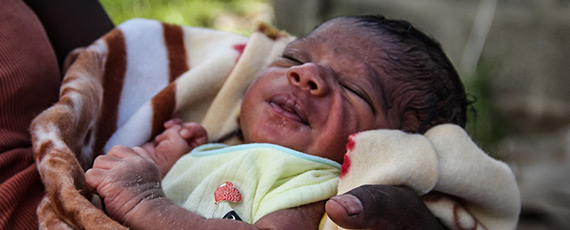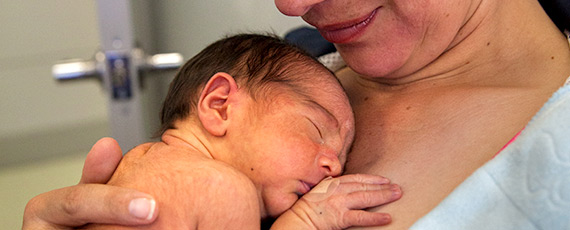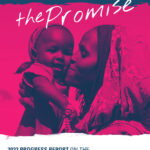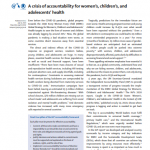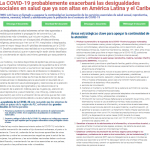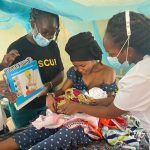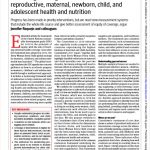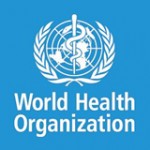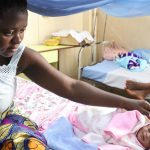Originally launched in 2010, Every Woman Every Child is an unprecedented global movement that mobilizes and intensifies international action by governments, multilaterals, private sector institutions, and civil society to address the major health challenges facing women and children.
The Every Woman Every Child movement puts into action the UN Secretary-General’s Global Strategy for Women’s, Children’s, and Adolescents’ Health 2016-2030, which presents a roadmap on how to enhance financing, strengthen policy, and improve service on the ground.
10
fold return on investments in the health and nutrition of women, children, and adolescents
100b
number of US dollars in demographic dividends from investments in early childhood and adolescent health and development
7
number of years remaining in the 2030 Agenda for Sustainable Development
All data on this page represents the most recent data available, unless otherwise noted. Please visit our Newborn Numbers page and download the Excel spreadsheet to explore the data further.
Global Strategy for Women’s, Children’s and Adolescents’ Health 2016-2030
The ambition of the Global Strategy for Women’s, Children’s, and Adolescents’ Health is to end preventable deaths among all women, children, and adolescents; to greatly improve their health and well-being; and to bring about the transformative change needed to shape a more prosperous and sustainable future. Fulfilling the Global Strategy and achieving the Sustainable Development Goals (SDGs) will require new evidence-based approaches backed by innovative and sustainable financing mechanisms. The three overarching objectives of the updated Global Strategy are survive, thrive, and transform. With its full implementation—supporting country priorities and plans and building the momentum of Every Woman Every Child—no woman, child, or adolescent should face a greater risk of preventable death because of where they live or who they are.
The previous Global Strategy spurred stakeholders to achieve great things between 2010 and 2015. It galvanized political leadership, attracted billions of dollars in new financial commitments, and created Every Woman Every Child. The United Nations Commission on Information and Accountability for Women’s and Children’s Health resulted in a landmark Accountability Framework and an independent Expert Review Group (iERG), and the United Nations Commission on Life-Saving Commodities for Women’s and Children’s Health strengthened the availability and supply of essential interventions. Several global action plans and reports were launched to address and bring attention to neglected areas with support for country implementation. Millions of lives were saved, and progress toward the health Millennium Development Goals (MDGs) was accelerated. Strides were made in areas such as increasing access to contraception and essential interventions; reducing maternal and child mortality and malnutrition; and combating HIV/AIDS, malaria, and tuberculosis.
However, far too many women, children, and adolescents worldwide still have little or no access to essential, good-quality health services, education, clean air and water, adequate sanitation, and good nutrition. They face violence and discrimination, are unable to participate fully in society, and encounter other barriers to realizing their human rights. The new Global Strategy is needed in order to complete the unfinished work of the MDGs, to address inequities within and between countries, and to help countries begin implementing the 2030 Agenda for Sustainable Development.
By March 2015 more than 50 new commitments for newborn health had been made toward the Every Woman Every Child movement as part of the Every Newborn movement, an effort to end preventable newborn deaths and stillbirths in support of the Global Strategy.
